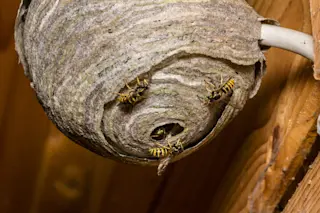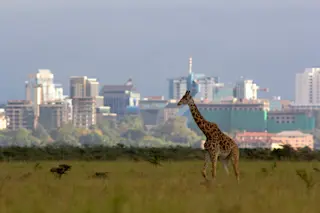Not all ecologists spend their days in the presence of nature’s majesty, contemplating redwood groves or mountain lakes or rain forest canopies. Since 1988, Stephen Heard has been peering into a gruesome little roadside attraction called the purple pitcher plant. This bog dweller is actually quite charming to look at--it has a nodding brick-red bell of a flower and purple-veined leaves that curve in on themselves to form scalloped pitchers--but what Heard is interested in are the plant’s feeding habits. The Venus flytrap screams, ‘I’m eating insects!’ says Heard, a Canadian ecologist now at the University of Iowa. The pitcher plant does not. But if you look closely, you can see that inside the leaf are hairs that all point down. Once you, as an insect, start wandering down, it’s hard to turn around. Below those hairs is a slick, slippery band, and when you step onto that--whish, you slide ...
The Processing Plant
Bugs that fall into a purple pitcher plant get drowned in acid. Their carcasses are then ground up by a microscopic disassembly line: a chain of insect larvae that thrive in the pitcher pool, cooperating to feed themselves--and the plant.
More on Discover
Stay Curious
SubscribeTo The Magazine
Save up to 40% off the cover price when you subscribe to Discover magazine.
Subscribe













